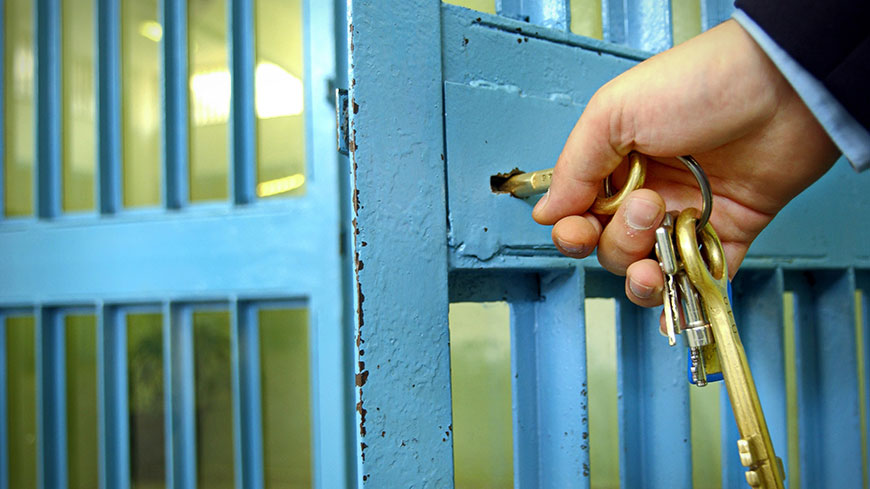European prisons are on average close to full capacity, with inmates occupying over 9 out of ten available places, according to the Council of Europe Annual Penal Statistics (SPACE) for 2016, published today.
The survey shows that the incarceration rate grew from 115.7 to 117.1 inmates per 100,000 inhabitants from 2015 to 2016. This rate had previously fallen every year since 2012, when it reached 125.6 prisoners per 100,000 inhabitants.
The incarceration rate is mainly influenced by the length of the sanctions and measures imposed. In that perspective, the average length of detention, which can be seen as an indicator of the way criminal law is applied, increasing slightly to 8.5 months.
The countries where the incarceration rate grew the most were Bulgaria (+10.8%), Turkey (+9.5%), the Czech Republic (+7.6%), Serbia (+6.6%) and Denmark (+5.5%). The prison administrations where it fell the most were Iceland (-15.9%), Northern Ireland (-11.8), Lithuania (-11.1%), Belgium (-10.1%) and Georgia (-6.7%).
On the other hand, overcrowding remained a serious problem in many countries. Thirteen out of 47 prison administrations reported having more inmates than places to host them. The highest levels of overcrowding were observed in “The former Yugoslav Republic of Macedonia” (132 prisoners per 100 places available), Hungary (132), Cyprus (127), Belgium (120), France (117), Portugal (109), Italy (109), Serbia (109), Albania (108), the Czech Republic (108), Romania (106) and Turkey (103).
The proportion of foreign inmates shows an overall downward trend in recent years, although the proportion grew from 10.8% in 2015 to 11.6% in 2016. On the other hand, pre-trial detainees represented 37.3% of all foreign inmates in 2016, compared to 34.4% one year before. Women continued to represent a small proportion of the overall prison population (5.3%, with 24.2% of those being pre-trial detainees).
Over one fourth of all sentenced prisoners (26.4%) were serving sentences of one to three years. The proportion of prisoners serving a final sentence of less than one year fell slightly, from 13.5% in 2015 to 13.3% in 2016, consolidating a trend seen over several years. The percentage of prisoners serving sentences of more than 10 years grew from 11.4% to 13%. Pre-trial detainees accounted for 20% of the total prison population.
Theft once again became the crime for which most offenders were held in custody (18.9%), after several years during which it was drug offences. In 2016 drug offences were the second most common offence for which people were incarcerated (17.5%), followed by robbery (12.6%) and homicide (12.1%). For the first time, the survey contains information about inmates convicted for road traffic offences, which represented 2.6% of all prisoners.
Daily expenditure per inmate continued to vary greatly across Europe. Overall, the 44 prison administrations which provided this information spent €51 per inmate per day in 2015. In 2015, the 44 prison administrations that provided this data for the survey spent a total of more than €18 billion.
1,628,626 individuals were under the supervision of agencies in charge of alternative measures to imprisonment in 2016 in the 47 countries that participated in this survey. Almost 10% were awaiting trial, a percentage that has grown slightly in recent years (up from 6.7% in 2014). “The high number of persons serving community sanctions and measures casts doubts about whether they are being used as alternatives to imprisonment or if they are becoming a supplementary sanction”, said Marcelo Aebi, director of the study.


























































